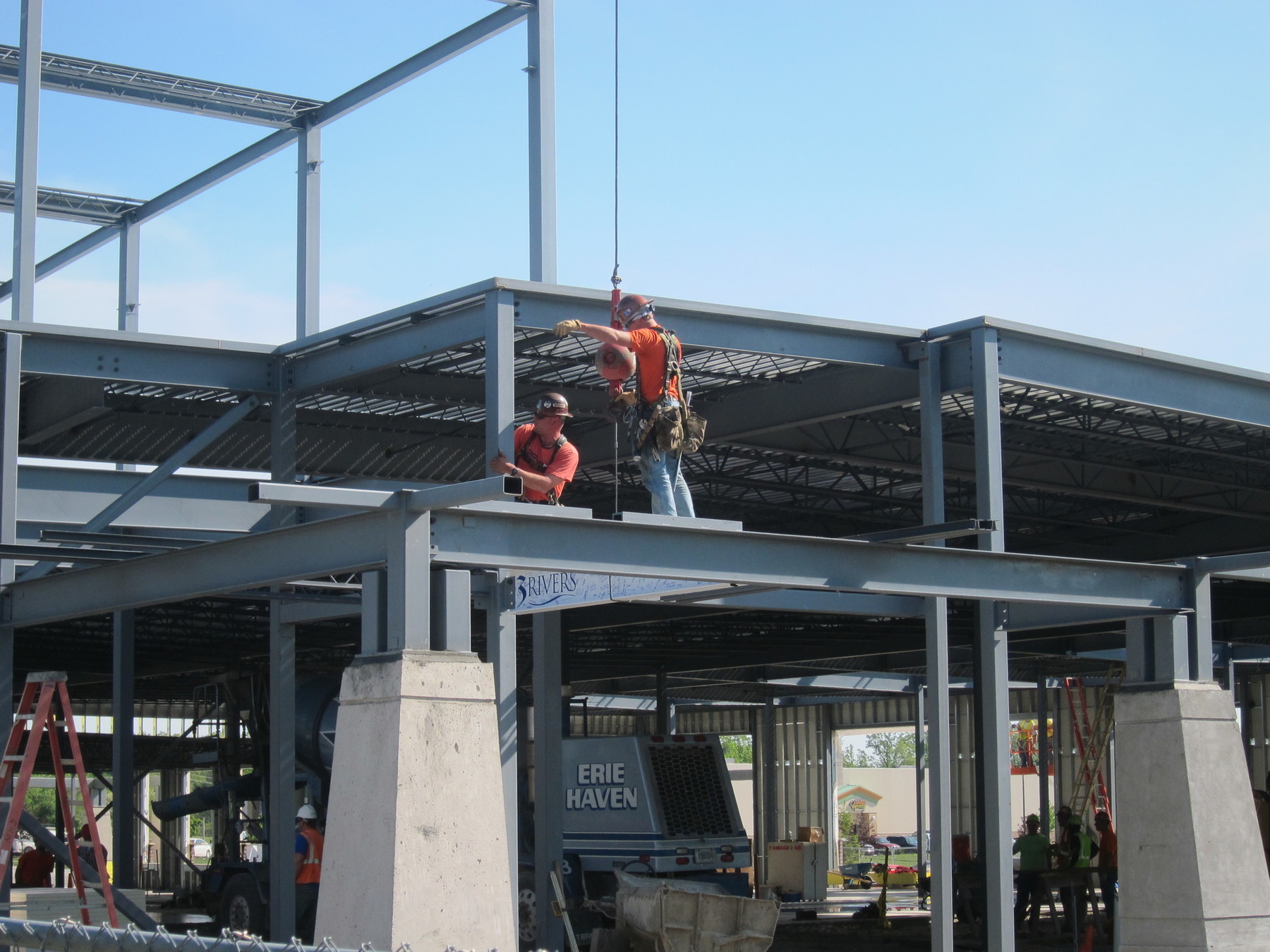What do you think is the greatest factor of a project team’s success? This is an important question for any business trying to innovate and stay ahead of the competition in a disrupted market, so MIT’s Human Dynamics Lab spent seven years monitoring 2,500 project team members at 21 different companies using special badges that captured an array of data.1
The results were surprising because not only was communication an important factor in project success, the research team was able to reliably predict project outcomes based on the type of communication and interactions the project teams engaged in. Teams were most successful when participants communicated with high energy, outside of formal meetings, and in relatively equal amounts with all team members.
Lack of communication is a common theme in failed or delayed projects. As a member of the architecture, engineering, and construction industry, we participate on many different project teams daily, and we’ve seen how various project delivery methods influence project collaboration and communication. A building is the combination of many distinct systems designed by several separate disciplines. Poor communication between designers, engineers, builders, and owners frequently leads to costly mistakes.
In a traditional design-bid-build project, team member roles are fractured, and because the design work is completed before a builder is integrated, there is a weaker relationship and much less cooperation between the designer and the builder. The architect could design a dramatic feature on a ceiling or staircase, for example, but the mechanical engineer’s ductwork design could run through it – and the engineer may not even realize this until the HVAC contractor has provided input on required equipment clearances. Fixing a problem like this during construction is expensive.
The design-build delivery method, which brings the designer and builder under a single agreement with the project owner, is a much more collaborative project approach. Integrated teams work better towards the same goals of project success, and the relationship between all participants is established before the project design is complete.
This design-build process ensures that design elements from different teams complement each other instead of clashing. A glass and steel building is a great example. By having the architect, glazing subcontractor, and mechanical and structural engineers at the table during the conceptual project phase, the team can quickly determine the best way to achieve their ideal lighting goals, minimize heat impact, reduce energy usage for climate control, integrate the feature with the design both structurally and aesthetically, and understand the cost impact of various options. On a less collaborative project, systems tend to be designed in isolation, without the highest amount of integration as possible. It’s in this gap that substantial performance and cost benefits accrue to the project owner.
Design-build isn’t a new concept. Throughout history, projects were led by a Master Builder, a very similar role to the lead in a design-build firm. It wasn’t until the 20th century that the designing and building roles were separated. Since 1964, construction industry productivity has fallen over 20% while the rest of the economy has seen productivity more than double. How much of this can be attributed to a lack of communication?
According to a study done by McGraw Hill Construction, architects and contractors agreed that design-build was the best project delivery method to improve communication between team members, and owners saw significantly more on-time or ahead of schedule projects in comparison to design-bid-build projects. Much of the construction industry is now using the design-build delivery method to establish strong communication and deliver projects more efficiently than is possible with design-bid-build delivery. As of 2013, 39% of all new US construction projects by value are being delivered via design-build.
In our industry, a delivery format that integrates all project participants as early as possible helps support collaboration, and this leads to more successful projects. Ask yourself, how can your firm integrate team members early and support more even and higher energy communication? It will help your project teams deliver more innovation, and help your firm stay ahead of a disrupted market.
1Pentland, Alex "Sandy" (2012, April). New Science of Building Great Teams. Retrieved from https://hbr.org/2012/04/the-new-science-of-building-great-teams

